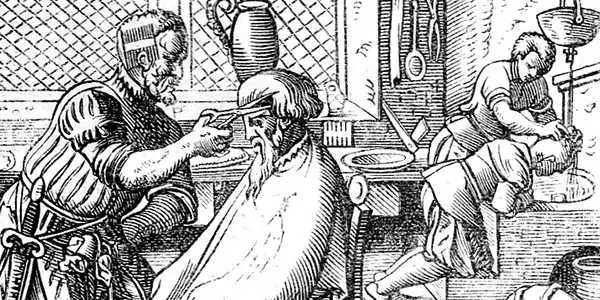One of the members of the Savons de la Couronne family is a man with changing facial hair. Sometimes shaggy, sometimes hairless, depending on mood and season, he was the perfect guinea pig to test our range of products for the male face.
But after all, where does that come from, keeping a beard, or shaving it off?
Well, for the first point, it’s not complicated: like any other hair, you just have to let it grow. It requires little effort, keeps you warm in winter, and can even be used as a pantry. The real problem arises when you start walking on it, or when it catches fire above the hearth.
It must have been for practical reasons like these that our distant prehistoric ancestors started trimming their beards, using flint (the Swiss Army knife of the time), shells as epilators and, later, obsidian blades. Rather rustic…
In ancient times
As with many things, the first traces of advanced shaving techniques can be found in Ancient Egypt. Men and women used copper or bronze razors for this purpose. Egyptian priests shaved their entire bodies, including their heads and beards, for reasons of ritual purity.
In addition to razors, they used depilatory creams containing arsenic to dissolve the hair. Effective, but not necessarily very good for the skin.
Around the year 3000, in Babylon and Sumer, we find the first references to saponification, and even the use of shaving cream. The distant ancestor of our shaving soap must therefore have been rinsed in the waters of the Tigris and Euphrates rivers!
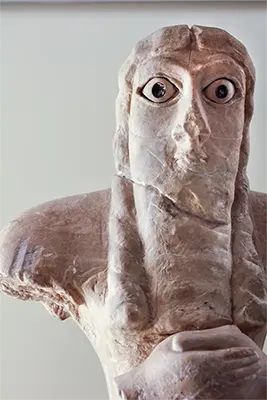
The Greeks, on the other hand, are hairy people. A symbol of virility and wisdom, the beard must be worn by all adult males. It is cut only during periods of mourning. Barbers were commonplace, and every city had its own style. The Athenians shaved the lower lip, while the Spartans cut off half the moustache of cowards. It was at this time that the first beard oils appeared, with recipes and scents quite similar to those we can offer you today.
It was Alexander the Great who brought about a change in these habits. In the interests of efficiency, and to prevent his warriors from getting caught by their hair or beards, he introduced what has since been defined as the “military style”: hairless and very short. Most Romans kept this habit and this manly/glabrous association.
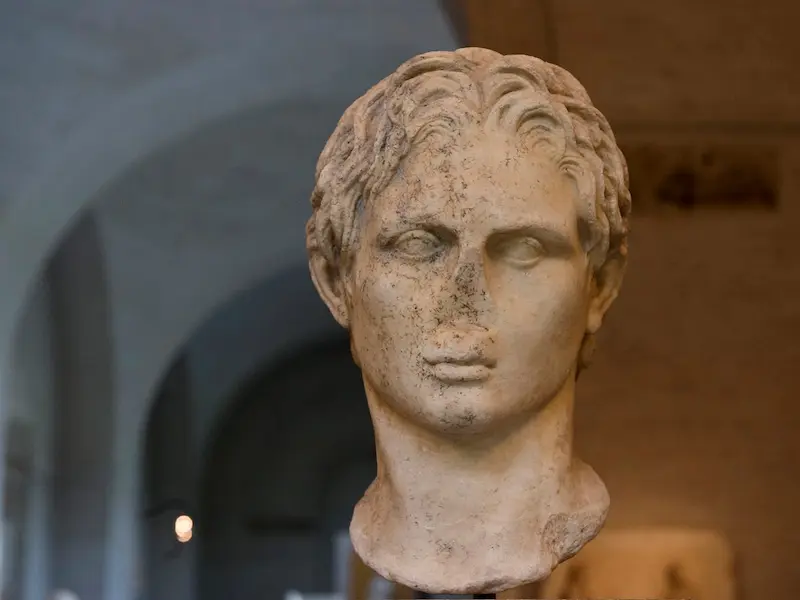
In the Middle Ages
On the whole, in the West, the beard is not very well regarded. Of course, fashions changed regularly over the course of a thousand years, but the idea that the clean-shaven person was the most civilized, inherited from the Romans, endured, even if, among the elderly, it remained a symbol of wisdom. Hair even fell completely out of fashion in the Late Middle Ages, with some religious edicts banning it altogether.
However, this is not the case everywhere. Muslims, Jews and Byzantines regularly sport beards, making it a civilizational marker.
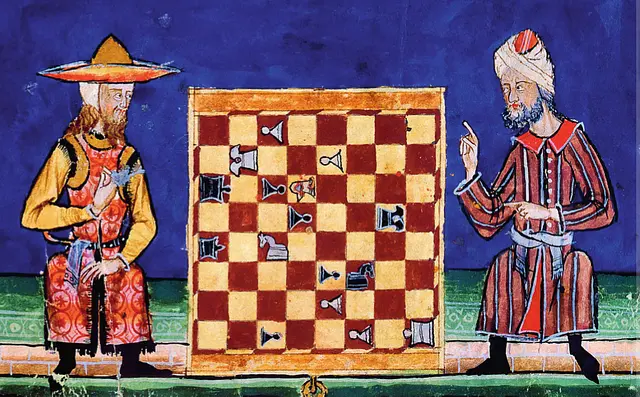
The hair Renaissance
The beard made a comeback in the 16th century. Nobility and royalty began to wear it, and so did everyone else. Initially very full, it gradually evolved over the next 200 years into a combination of goatee and moustache, according to the desires of the elite. This site on historical costumes covers all the styles found in France at the time.
We still go to the barber, who offers increasingly sophisticated services, but whose tools have not evolved much. It’s worth noting that, at the time, this profession also acted as surgeon. Handy if you wanted a tooth pulled and a trim at the same time.
Modern era
During the Industrial Revolution, everything had to be modernized! Although the “cutthroat razor” had been around for 200 years, it was at the end of the 17th century that the straight folding razor was invented. It enables precise shaving and trimming, but is extremely sharp, making it quite dangerous for private use.
With this in mind, in 1880 the first patent was filed for a mechanical razor, which was soon modernized into a safety razor with changeable blades. This is the model we offer. Its shape and type of use still make it the ideal tool for self-shaving today.
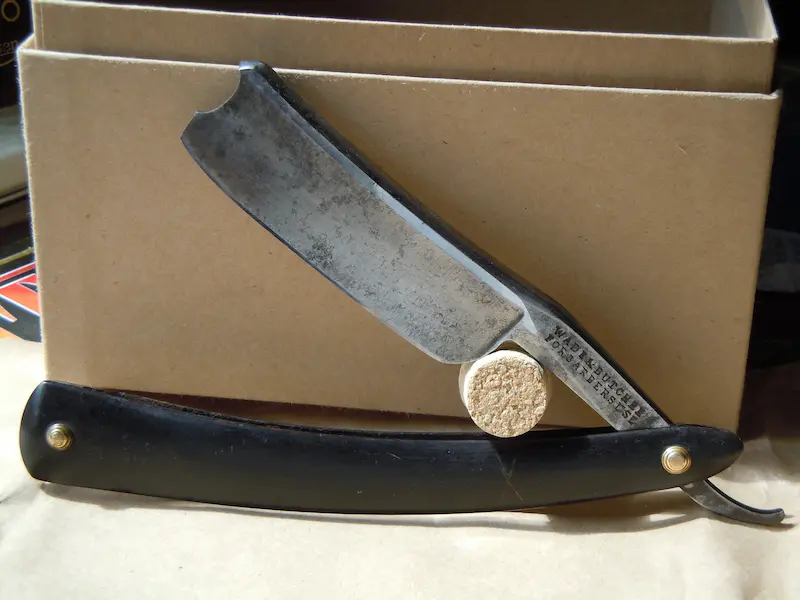
It was also at this time that shaving soaps and other creams were being formulated, some of which were very natural, others much less so.
When it comes to hair, we’re going wild! The 19th century saw the longest sideburns and most extravagant moustaches in history. Politicians, though conservative on the whole, played up their originality. It has to be said that having the most recognizable hair is the best way to be spotted by journalists, and therefore to be caricatured and quoted in the next day’s newspapers.
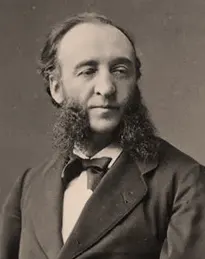
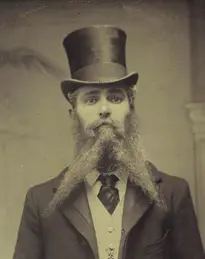
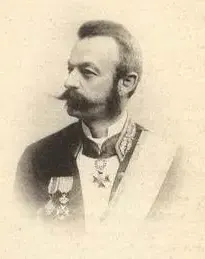
And what about our contemporaries?
The 20th century will see hair evolve from glabrous to very hairy, according to increasingly fast-changing, blending fashions.
The current period is one of renewed care for men, who are taking more time to look after themselves and their appearance.
In any case, whether you’re on the hairy side or the hairless side, we’ve got you covered 🙂

